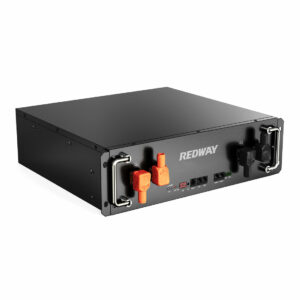What is the best backup power for a house?
Lithium-ion battery systems are currently the optimal backup power solution for residential use, offering high energy density, rapid charging, and long cycle life. Modern LiFePO4 (lithium iron phosphate) batteries dominate this sector due to their thermal stability and 5,000+ cycle durability, outperforming traditional lead-acid alternatives. These systems integrate seamlessly with solar arrays and smart inverters, providing 8–24 hours of emergency power during outages. Pro Tip: Prioritize systems with integrated battery management systems (BMS) to prevent over-discharge and optimize performance.
Best Battery Backup System for Home Use in 2025
Why choose lithium-ion over lead-acid for home backup?

Lithium-ion batteries deliver 3x higher energy density than lead-acid, enabling compact installations. They maintain 80% capacity after 4,000 cycles vs. 500 cycles for AGM batteries. For example, a 10kWh LiFePO4 system powers refrigerators and lights for 12+ hours, while lead-acid alternatives require double the physical space.
How do solar-integrated systems enhance backup efficiency?
Solar hybridization allows continuous charging during outages. DC-coupled systems achieve 97% efficiency by directly storing solar energy, unlike AC-coupled setups losing 15% in conversion. Pro Tip: Pair with bi-directional inverters to enable grid sell-back during peak hours, offsetting energy costs.
| Feature | Solar Hybrid | Generator |
|---|---|---|
| Runtime | Unlimited (sunlight) | Fuel-dependent |
| Noise | 0 dB | 60–80 dB |
RackBattery Expert Insight
FAQs
What size battery is needed for a 3-bedroom home?
A 15–20kWh system typically covers essentials (fridge, lights, WiFi) for 18–24 hours. For full HVAC backup, opt for 30kWh+ configurations with 10kW continuous output.
Can existing solar panels charge backup batteries?
Yes, but require compatible hybrid inverters like SolaX or Tesla Powerwall. Retrofit costs average $1,500–$3,000 for integration.



